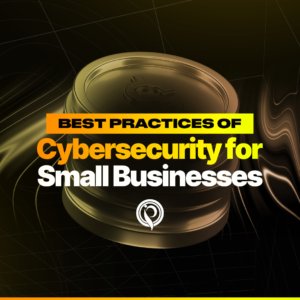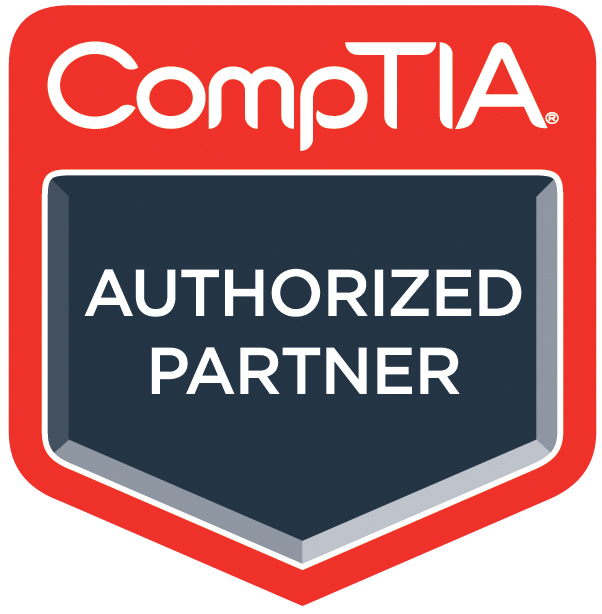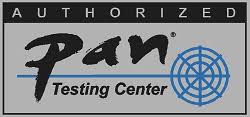Cybersecurity Best Practices for Small Businesses
By contributor Lyan Ware
Cybersecurity is not just a concern for large corporations; small businesses are also vulnerable to cyberattacks. Some might even say that they’re more prone to cyberattacks, since hackers will likely assume that small businesses are not budgeting for better protections and training. Keep in mind the great stigma that tarnishes a business’s reputation whenever a data breach occurs. Once the trust of a customer base is lost, it can be incredibly difficult to win back. Implementing the following best practices can help establish a strong cybersecurity posture and protect sensitive data, customer information, and business operations.
Risk Assessment and Strategy
- Conduct a thorough risk assessment to identify potential vulnerabilities and threats specific to your business.
- Develop a comprehensive cybersecurity strategy that aligns with your business goals and addresses identified risks.
- Regularly review and update your risk assessment to account for new threats and changes in your business environment.
Employee Training and Awareness
- Educate your employees about cybersecurity risks, safe online practices, and the importance of strong passwords.
- Train employees to recognize phishing emails, social engineering attempts, and other common attack vectors.
- Conduct simulated phishing exercises to assess the effectiveness of employee training and identify areas for improvement.
Access Control and Authentication
- Implement strong authentication methods such as multi-factor authentication (MFA) to prevent unauthorized access.
- Assign access privileges based on the principle of least privilege, ensuring employees only have access to the data they need for their roles.
- Implement role-based access control (RBAC) to ensure that employees only have access to the specific resources necessary for their roles.
Regular Software Updates
- Keep all software, including operating systems, applications, and security solutions, up to date with the latest patches.
- Enable automatic updates whenever possible to ensure timely protection against known vulnerabilities.
- Establish a dedicated schedule for patch management and prioritize critical updates based on potential impact.
Firewall and Network Security
- Set up and maintain a firewall to control incoming and outgoing network traffic.
- Segment your network to isolate critical systems from everyday operations, reducing the impact of a potential breach.
- Configure intrusion detection and prevention systems (IDPS) to monitor and respond to suspicious network activities.
Data Encryption
- Encrypt sensitive data both at rest and during transmission using strong encryption protocols.
- Ensure that remote workers use encrypted connections when accessing company resources.
- Regularly review encryption protocols and algorithms to ensure they meet current security standards.
Backup and Recovery
- Regularly back up your critical data and systems to a secure offsite location.
- Test your backups periodically to ensure data integrity and the ability to restore operations quickly in case of a cyber incident.
- Store backup copies in multiple locations to enhance redundancy and ensure availability in case of a disaster.
Incident Response Plan
- Develop an incident response plan that outlines steps to take in the event of a cyberattack or data breach.
- Assign roles and responsibilities for responding to and mitigating potential incidents.
- Conduct tabletop exercises to test the effectiveness of your incident response plan and identify areas for refinement.
Vendor and Third-Party Risk Management
- Evaluate the cybersecurity practices of third-party vendors before partnering with them.
- Ensure that vendors handling your data have appropriate security measures in place.
- Establish contractual agreements that clearly outline third-party security responsibilities and requirements.
Physical Security
- Secure physical access to your business premises, data centers, and server rooms.
- Implement security measures such as surveillance cameras, access control systems, and intrusion detection.
- Implement environmental controls, such as temperature and humidity monitoring, to protect physical infrastructure.
Regular Security Audits
- Conduct periodic security assessments and audits to identify vulnerabilities and areas for improvement.
- Adjust your cybersecurity strategy based on the findings of these audits.
- Perform external penetration testing to assess your external-facing systems’ susceptibility to attacks.
Cyber Insurance
- Consider investing in cyber insurance to mitigate financial risks associated with data breaches and cyber incidents.
- Regularly review and update your cyber insurance coverage to ensure it aligns with your evolving risk profile.
Remember that cybersecurity is an ongoing process that requires continuous attention and adaptation. By implementing these best practices, you can significantly enhance your small business’s ability to withstand cyber threats and ensure the safety of your digital assets. Don’t skimp when it comes to cybersecurity. Be sure to invest in the best solutions and staff education to promote the success and longevity of your small business.
Exploring the World of Ethical Hacking and Certified Ethical Hacker (CEH) Certification
Benefits of The CompTIA Security+ Certification
Understanding the Role of Cybersecurity Analysts

































Leave a Reply
You must be logged in to post a comment.